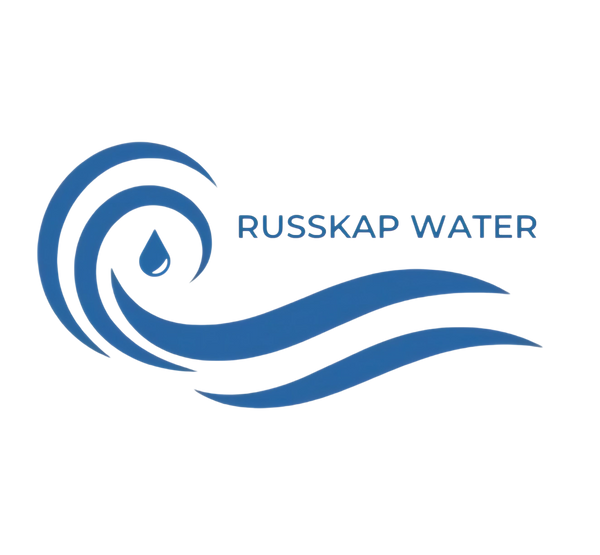WHY AWG?
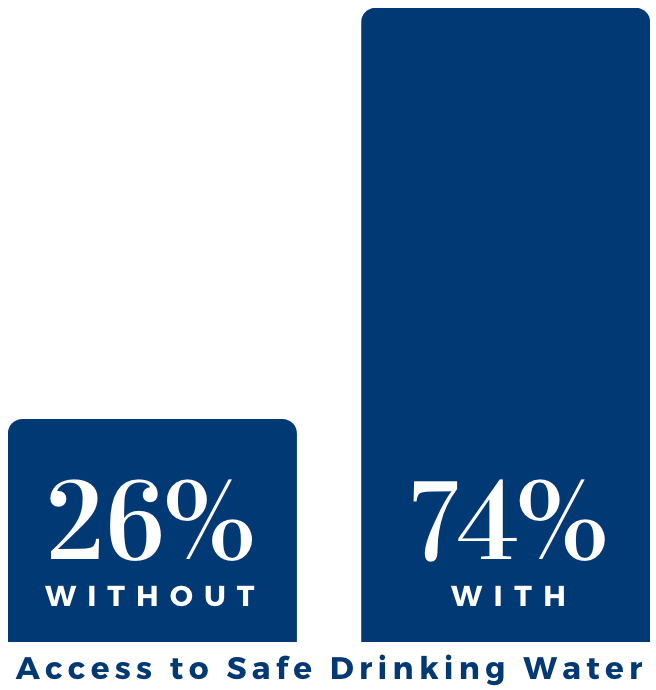
Water
SCARCITY ›
Insufficient Water Supply
Water scarcity impacts 40% of the world’s population and an estimated half of the world's population will be living in water-stressed areas by 2025.
Lack of Economic Means to Satisfy the Standard Demand for Water
Globally, 2.2B+ people lack access to safely managed drinking water services, 884M+ do not have safe water to drink, and about 1 in 3 schools lack safe drinking water access.
Affects Many Areas of Life
Water scarcity limits access to safe drinking water, basic hygiene, and water resources for livestock and farm crops.
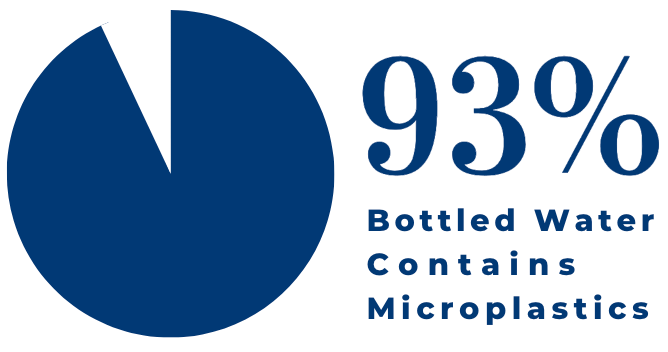
Water
CONTAMINATION ›
Tap Water
Tap water is exposed to numerous contaminants when transported through corrosive pipes and is commonly treated with chlorine and fluoride – known toxins.
Bottled Water
Studies have shown that bottled water releases trace amounts of polymer plastic and other toxic chemicals into the water, especially when exposed to heat.
Significant Health Risks
Contaminated drinking water is a common cause of many adverse health effects, both cognitive and physiological, affecting 500M+ people every year.
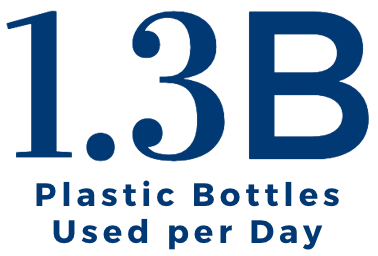
Water
SUSTAINABILITY ›
Ground and Freshwater
Ground and freshwater resources are finite, tedious to maintain, and require expensive processes to extract and purify the water.
Costly Infrastructure
Distributing water from groundwater reservoirs requires the positioning of miles of underground pipes which are costly to position, maintain, and repair.
Throwaway Plastic Bottles
Single-use plastic bottles take around 450 years to decompose and are one of the leading contributors to global plastic pollution.
Learn More | RussKap Insights:
Plastic Waste & Pollution
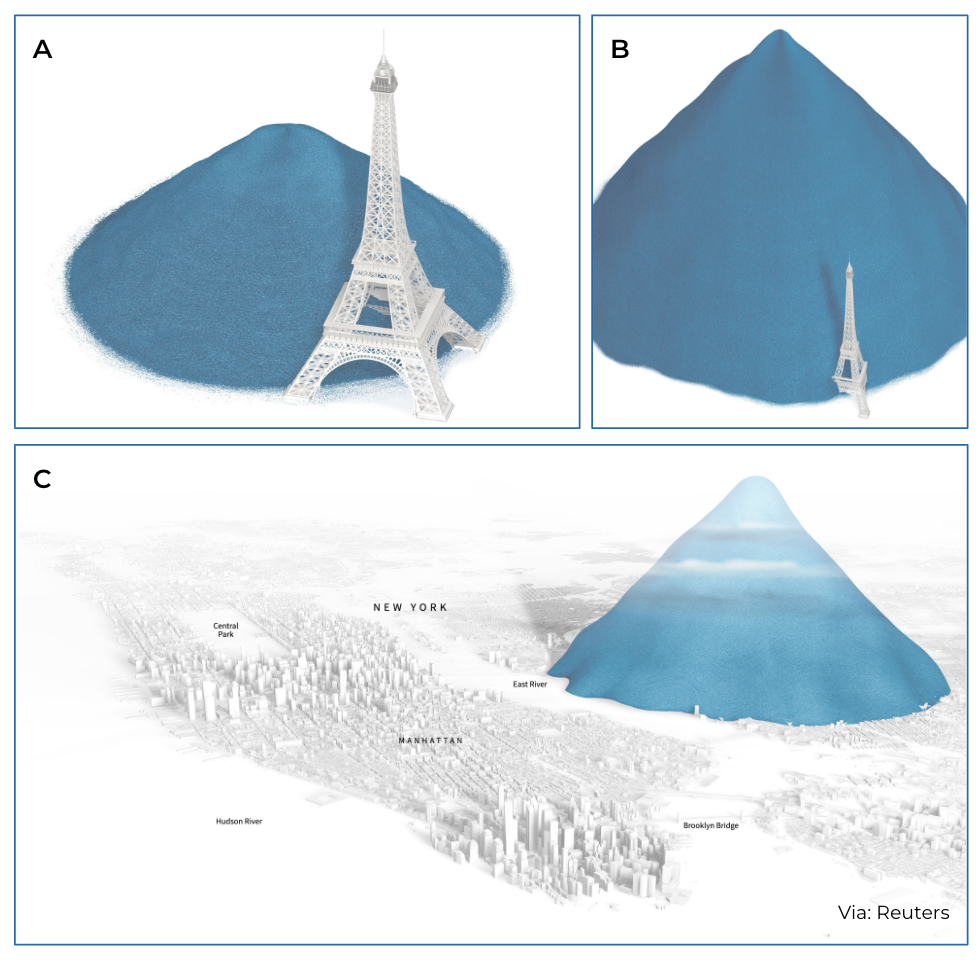
Single-Use Plastic Bottle Consumption
Figure A: Daily Consumption – 1.3B bottles
Figure B: Monthly Consumption – 40B bottles
Figure C: Past 10 Years – 4T bottles
How Does RussKap AWG Compare?
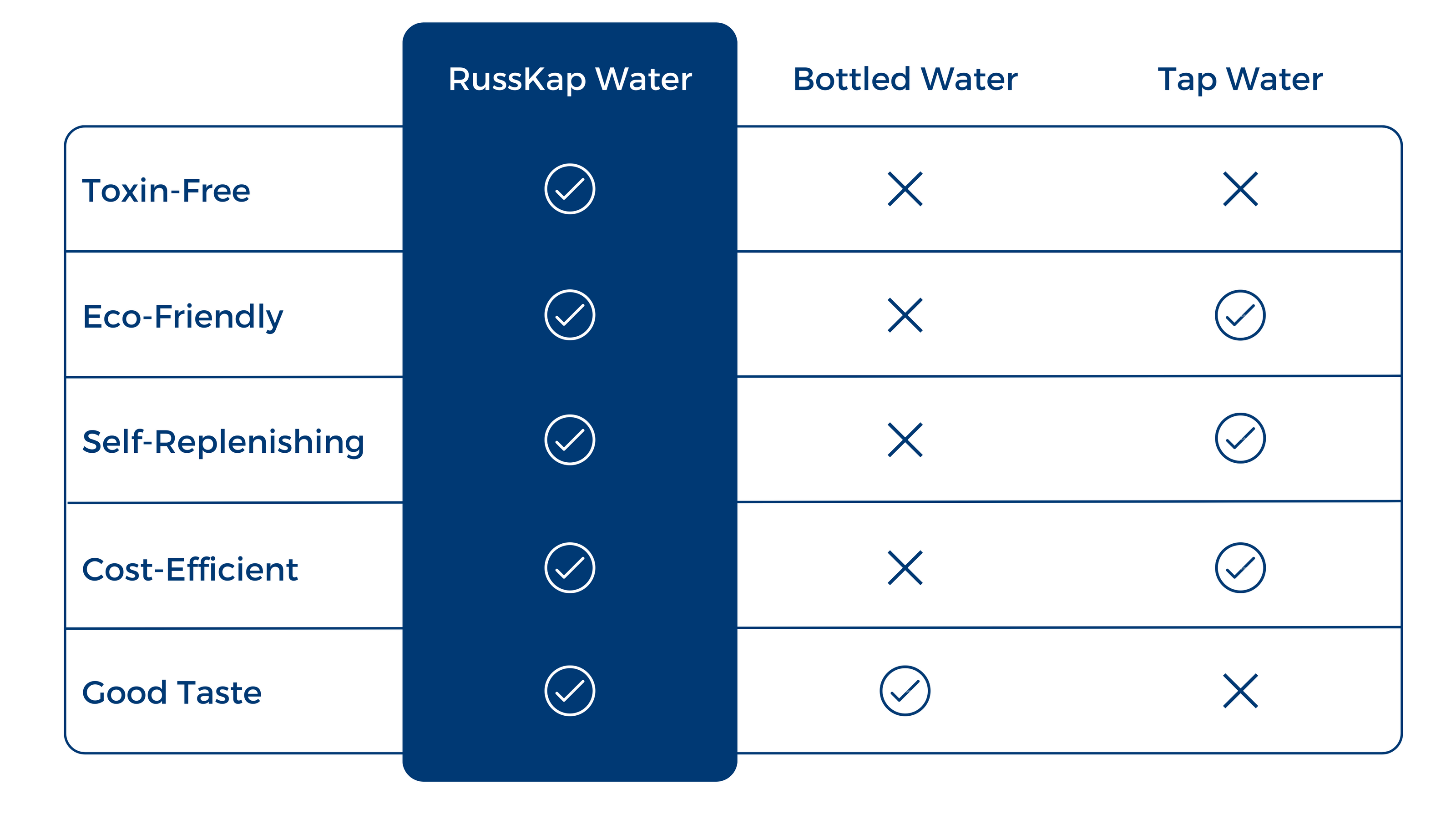
Is your drinking water lead-free?
The Environmental Protection Agency has dictated that no amount of lead in water is safe for a child. The recommended quantity of lead in water is zero, but the EPA legally allows up to 15 parts per billion of water in public waterways. Licensed day cares, however, are not permitted to have anything higher than five parts per billion (ppb).
Ensure your drinking water is lead-free with RussKap water-from-air.
